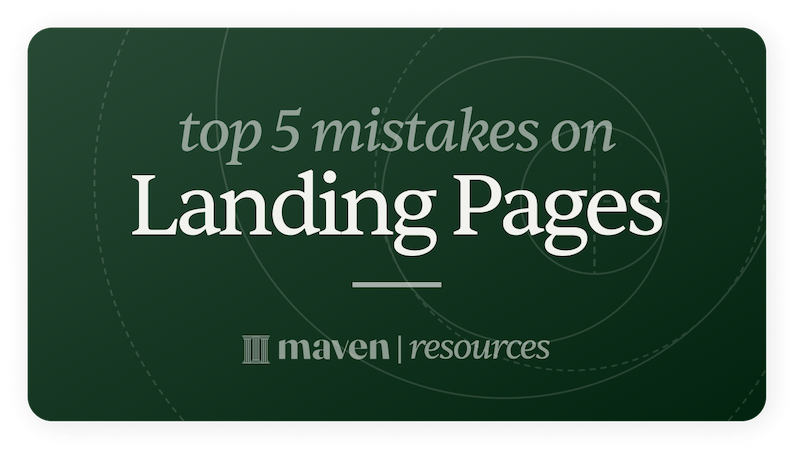A well-written bio is one of the best ways to show your credibility. But most people waste this opportunity by rehashing their resume: “I went to X school. I worked at Y company.”
Instead, write your bio like it’s sales copy. Here's how:
You might think credibility is about working at fancy brands. That might get your audience to perk up initially, but it’s not enough to get them to buy your course or product.
And if you haven't worked at fancy brands, you’re in luck. Lots of folks with incredible bios worked at places you’ve never heard of. But they are able to stand out because of one thing:
They talk intelligently, and with insight, about their target customer’s problems.
When you do this, a magical thing happens: People assume you know how to solve the problem.
To improve your bio, ask yourself:
Here’s an example:
🚫 Before: “I was a product manager for 10 years at X companies. I worked on these products.”
✅ After: “I’ve been a product leader for 10 years and I’ve noticed a pattern: PMs at early-stage startups often struggle to prioritize what to build because their company strategy and target customer is constantly evolving. It’s not ideal, but it's the reality on the ground. I've trained hundreds of PMs to build lightweight MVPs–it’s the same framework I used in the early days of X company to build and scale features that reached millions of users.”
^ Why this works: The “before” only shows you worked somewhere for a number of years. The “after” shares a problem that’s specific to your target audience. This shows that you understand their situation–which makes your solution (i.e. your course, coaching, consulting) more enticing.
Another example:
🚫 Before: “I began my career as an artist, then transitioned into UX design at X companies for the past 10 years. I now teach a course for mid-career designers.”
✅ After: “The main reason UX designers don’t get a seat at the table is because they are seen as decorators, not leaders. When I decided to learn and embrace product strategy, I increased my impact, got more visibility for my work, and rose into leadership roles. Now I teach a course on product strategy for UX designers to level up."
^ Why this works: Lots of other designers have been in the industry for 10 years. It’s not interesting or helpful to lead with this. Instead, start with a spiky point of view that shares insight.
Here are great examples of bios from course landing pages:
Emily Kramer and
Taylor Davidson. Both bios not only include their professional experience, but also the results and outcomes of their work (in actual numbers) and why they built the course. I love that these bios are student-focused, and not all about themselves.
As a next step, audit your bio. If you remove your work history, client list, and pedigree, do you still sound like an expert? Try the ideas above and I’d love to hear how it goes.
PS As part of the
Maven Course Accelerator, you get to attend a live landing page teardown where you get feedback on your landing page and bio. It’s one of our most popular sessions, and it’s free.






